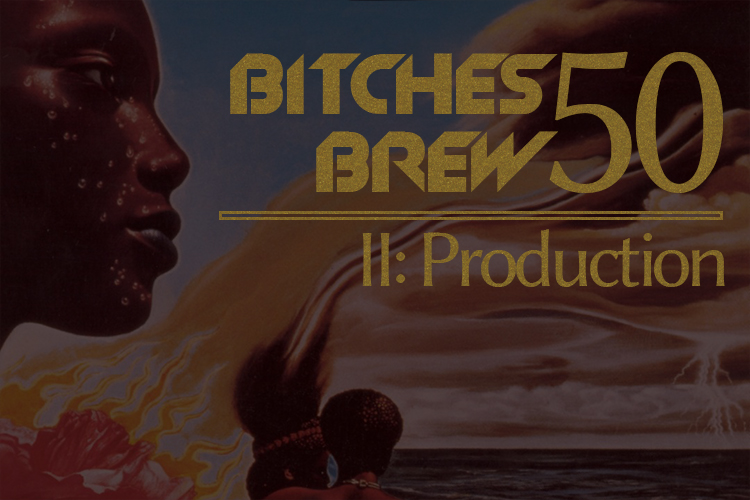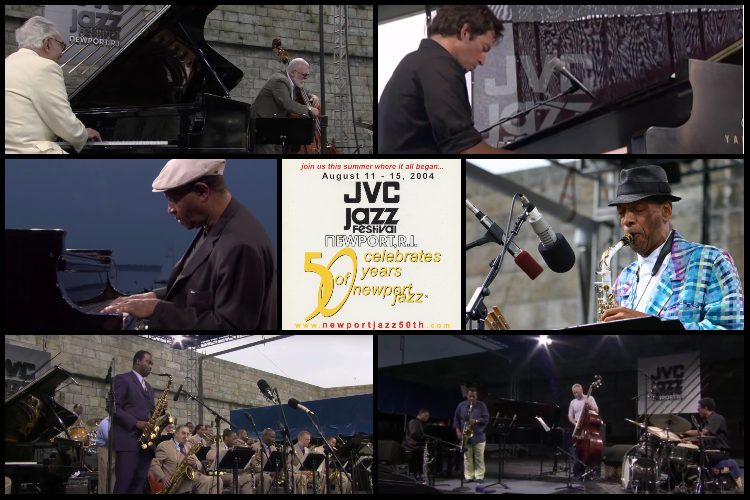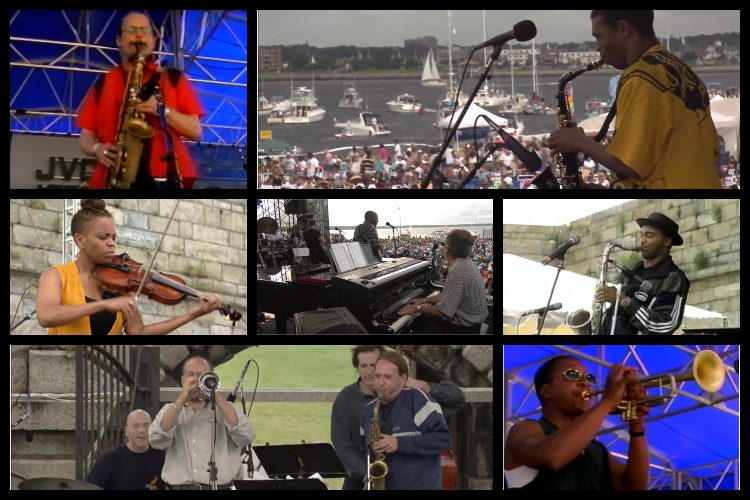Miles Davis’ Bitches Brew 50th Anniversary Celebration- Part Two: Production
|
Getting your Trinity Audio player ready...
|
This is the second of our four-part series of lists celebrating the legacy of the landmark Bitches Brew on its Fiftieth Anniversary. Our first piece focused on the compositions while forthcoming ones will emphasize the album’s influence on subsequent “jazz” and “non-jazz” artists.
Each list follows two general guidelines: that the artist presented still performs today, and that they never collaborated with Miles. The latter of these limitations is not to minimize the brilliant continued contributions of his bandmates who still produce incredible music – Wayne Shorter, Bennie Maupin, Chick Corea, John McLaughlin, Dave Holland, Lenny White, Jack Dejohnette, Billy Cobham, Harvey Brooks, and Airto Moreira – but rather to emphasize the recording’s impact outside of his direct sphere of influence.
This chapter examines the groundbreaking production techniques utilized on Brew and selects five contemporary counterparts. While many brilliant artists can be heard on Brew, one of the critically important though lesser-heard voices is that of producer Teo Macero. While Miles retained ultimate veto power over what would and would not appear on his recordings, the task was often left to Macero to edit and mix taped pieces into a cohesive whole. Some have likened his contributions to that of George Martin with the Beatles.
Macero’s production work was particularly significant on Brew, as it adopts many techniques then infrequently used in music such as the use of echo, reverb, and loops. Macero and his team spent long hours to determine the parts of each song they wanted to modify, and how they would do so. Then they would undertake a three-machine splice. Under this method, they would first use a razor blade to cut the recorded tape at the specified time and feed it into a machine. They then fed a second tape into a different one. The two tapes would then be combined on yet a third machine. The process was extremely time consuming and required significant creativity and patience. Of course, today, many of these techniques are fairly easily done through computer software. Technology has in many ways only proliferated the number of artists who, like Miles and Macero, use production as an additional musical instrument.
Armen Nalbandian, Young Kings Get Their Heads Cut Off (self-released, 2007)
The experimental pianist’s first solo outing builds off of composer John Cage’s concept of the prepared piano – placing items on its strings to change timbre- and applies it to the Fender Rhodes. Nalbandian treats the keyed instrument as a percussion tool, modifying hammers with keys, mallets, wrenches, snare drum heads, and drum cymbals. He further adds to the sound by feeding the modified instrument through both a delay and a wah-wah pedal. Although comfortably within the avant-garde, it also evinces an atmosphere common to Brew.
Squarepusher, Music Is Rotted One Note (Warp, 1998)
The third studio album by English electronic musician Squarepusher, the pseudonym of Tom Jenkinson, is unlike much of his other recordings. While he generally uses sequencing and sampling equipment in his work, Music Is Rotted One Note interestingly abandons these tools in favor of him single-handedly playing all the instruments live. As he noted “[o]ne of the reasons that I headed in that direction as opposed to the more computer sequence-type stuff is because I was actually beginning to feel really limited using sequencers and samplers…I was really beginning to yearn for the sort of unpredictability of the randomness of improvising with live instruments. I was just starting to choke. The sequencer is too square, too digital.” As can be expected, however, he still adopts effects and techniques, albeit more organic ones, to create a new sound, just as Macero and Miles did on Brew.
Makaya McCraven – In the Moment (International Anthem, 2015)
The drummer-bandleader meticulously loops, cuts, splices, and edits fragments across forty-eight hours of performances to create a 73 minute cohesive whole through an approach he calls “organic beat music.” The pieces themselves are wholly improvised and all present different textures. They also transcend genre, pulling equally from post-rock, funk, jazz, and hip hop. Despite being mixed, they still retain the excitement of live recordings. As a concept, his “organic beat music” it is not far removed from the Brew weaving of disparate threads into a new unified cloth. Joining him is Marquis Hill on Trumpet, Jeff Parker on guitar, De’Sean Jones and Tony Barba on tenor sax, and Matt Ulery and Junius Paul on bass. McCraven’s follow-up, Universal Beings (International Anthem, 2019) also draws significantly from this concept, that time across four concerts with a different band for each.
Flying Lotus, You’re Dead! (Warp, 2018)
One could note that this selection may not technically follow our rule prohibiting anyone who performed with Miles; Herbie Hancock appears on two of its nineteen tracks. However, the influence of Brew’s production style appears throughout, regardless of the pianist’s guest pieces. The work, one of the best albums of the last decade, blurs lines between jazz, electronic music, hip hop, funk, and more. Like Brew, it not only pushes the boundaries of existing music but also melds the acoustic and digital. While the tools used – Ableton Live and Moogerfooger analog effects among them- are more modern, it still follows the essence of mixing different approaches to sound to create a new path forward. Joining him in this mission is a bevy of impressive collaborators: Hancock, Kendrick Lamar, Snoop Dogg, Thundercat, Kamasi Washington, and Miguel Atwood-Ferguson.
The Heliocentrics – A World of Masks (Soundway, 2017)
The London based collective draws from a wide variety of influences including ethio-jazz, psychedelic, hip hop, and soul. This often renders their music nearly impossible to categorize. Since their first appearance on DJ Shadow’s The Outsider (Universal/Motown, 2006), the group has focused on building grooves out of improvisation mixed with various effects and textures to produce a new sound. Like Brew, these are often used on A World of Masks to present an otherworldly scene. The group features Jason Yarde, Shabaka Hutchings, and Tom Hodges on woodwinds, Raven Bush on strings, Raimi on trombone, Barbora Patkova on vocals, Ollie Parfitt on electronics, Ade Owusu on guitar, and Malcolm Catto, Jack Yglesias, and Jake Ferguson on multiple instruments each ranging from various homemade flutes (Yglesias) to the vibraphone (Ferguson) to assorted percussion instruments (Catto).
Join us on March 27, 2020, for the third volume of this series, focusing on Brew’s influence on “jazz.” In the interim, the masterwork can be purchased anywhere that sells good music. This includes Milesdavis.com, where you can also purchase a special vinyl reissue.



